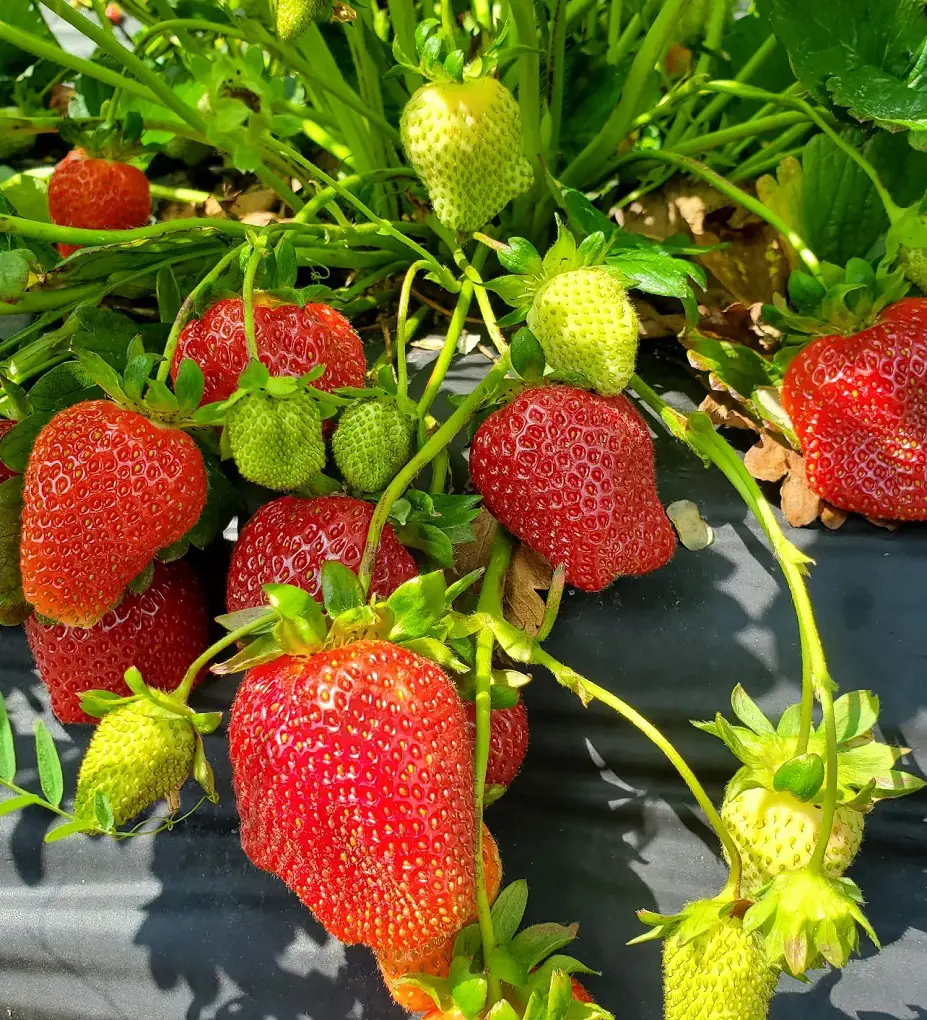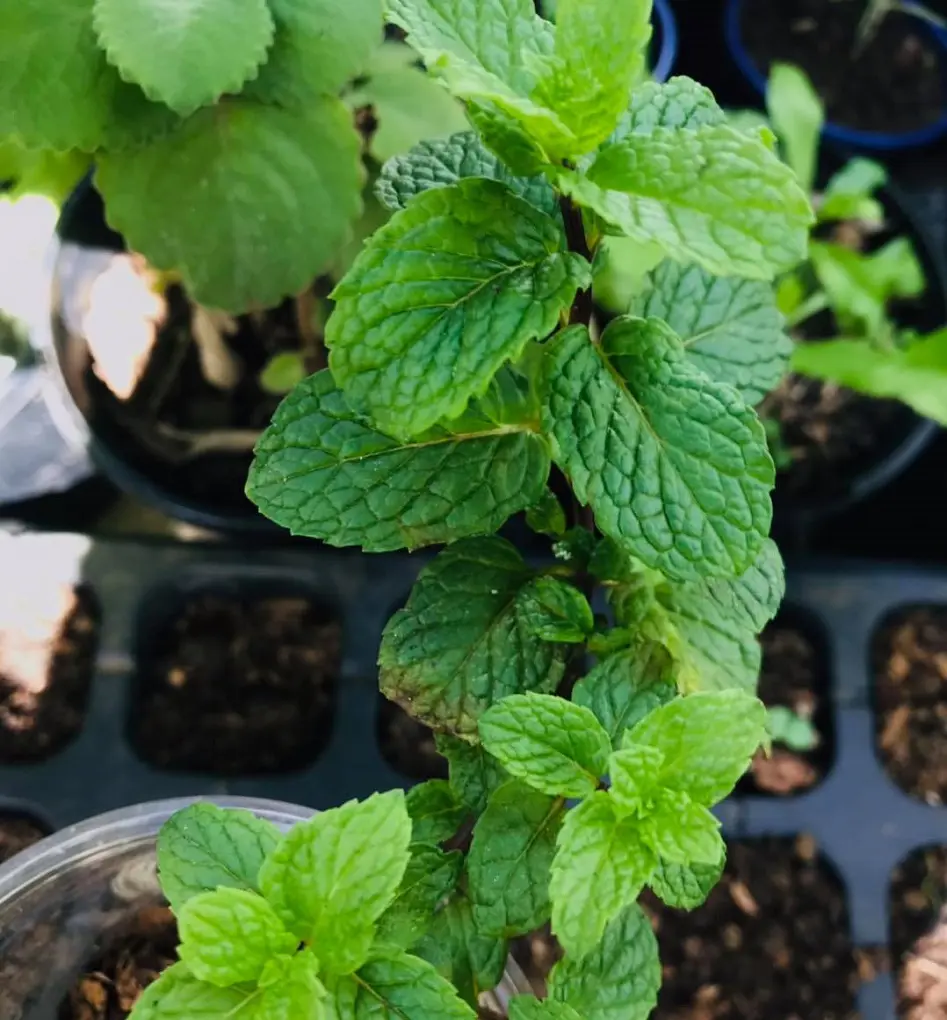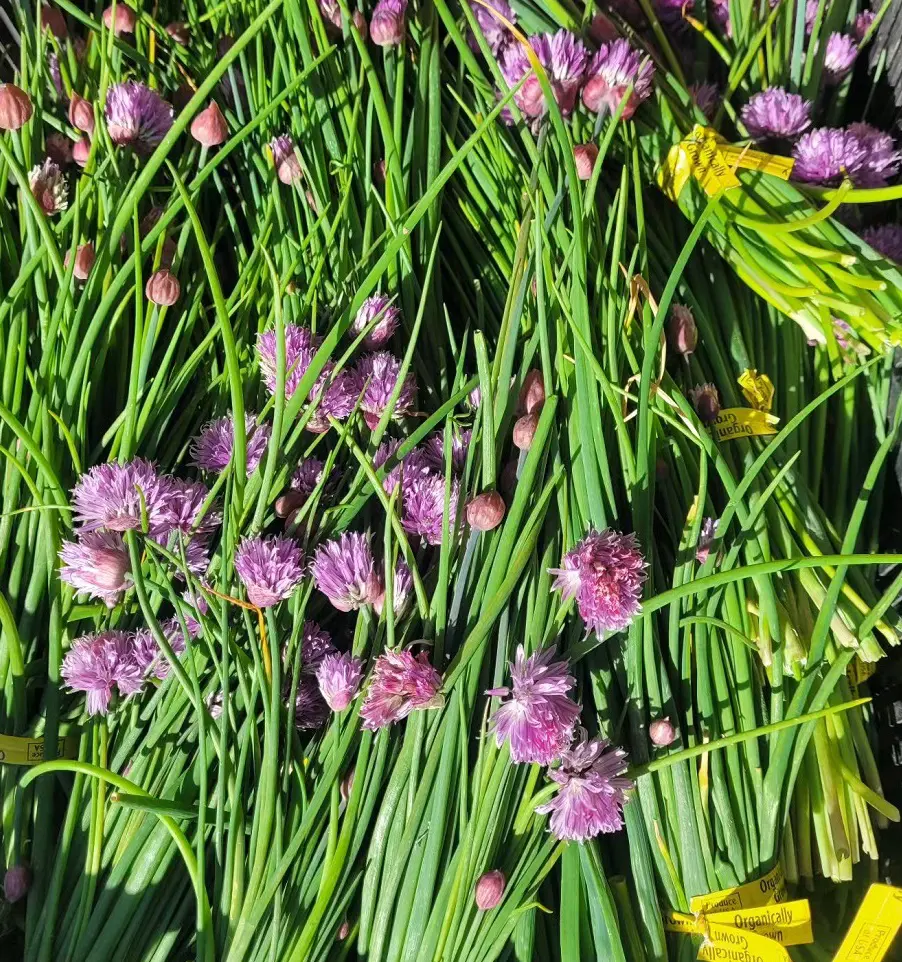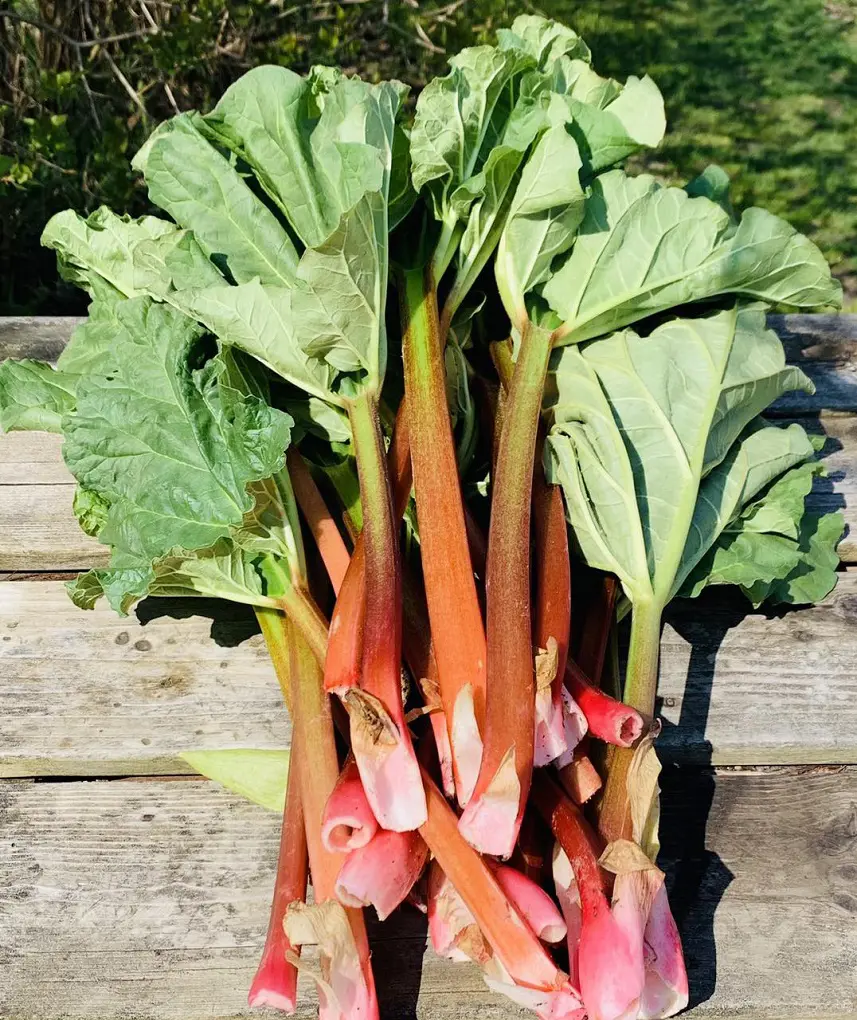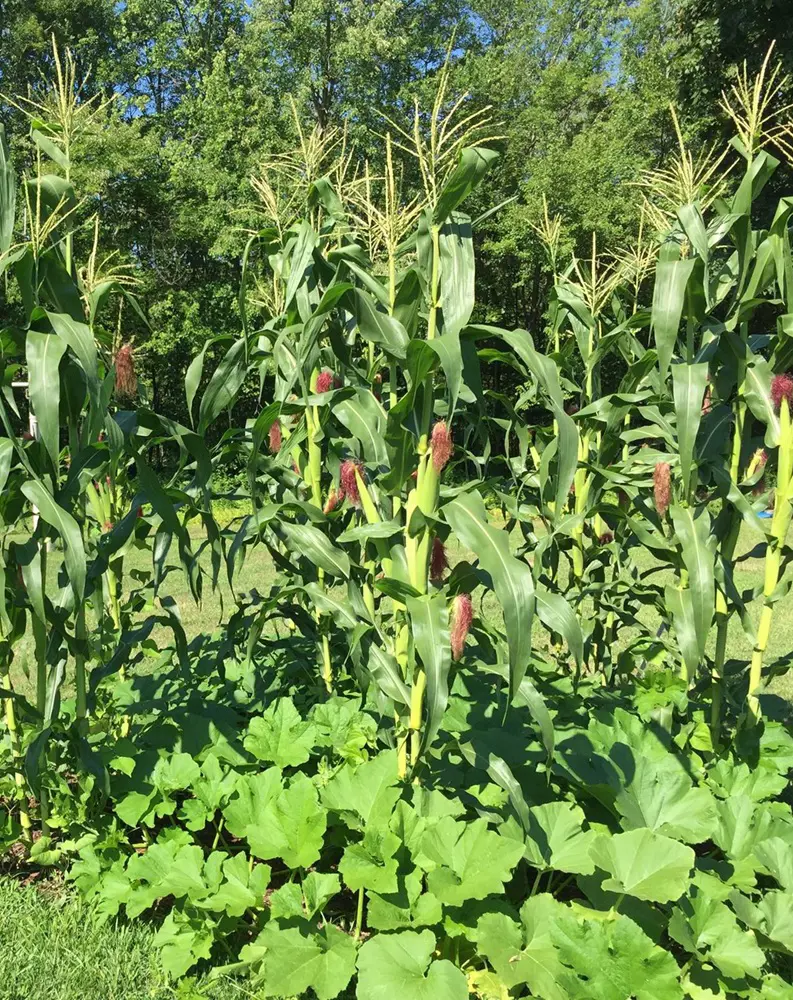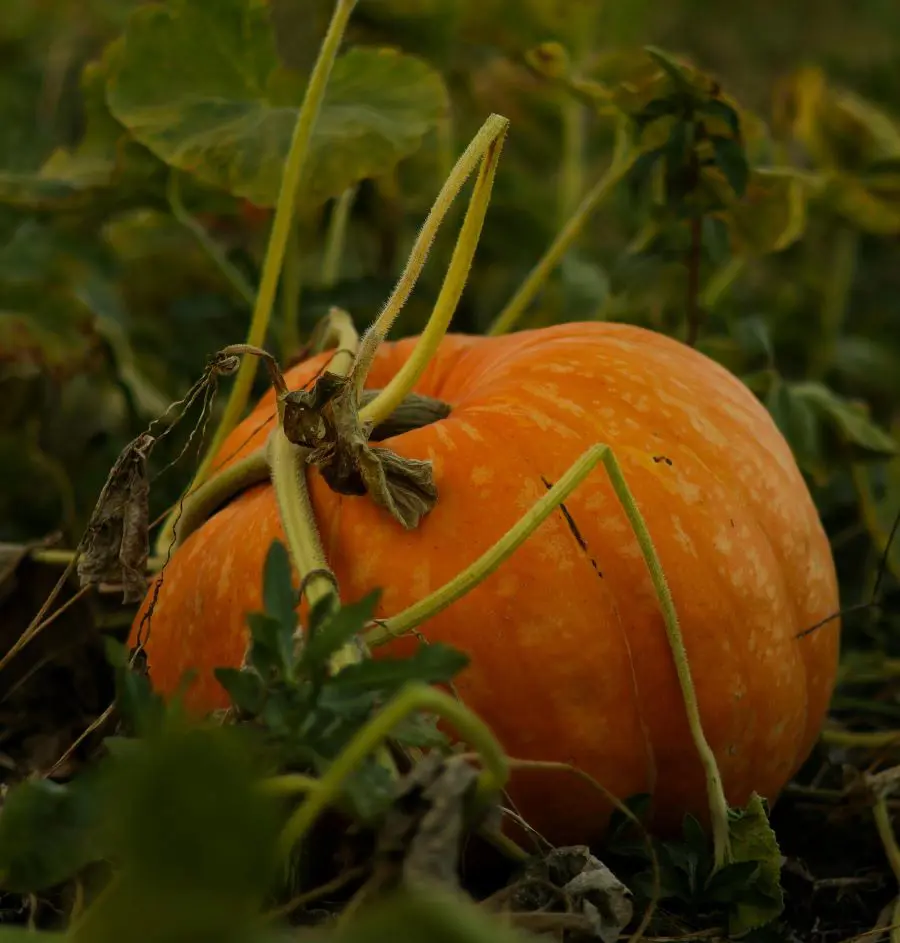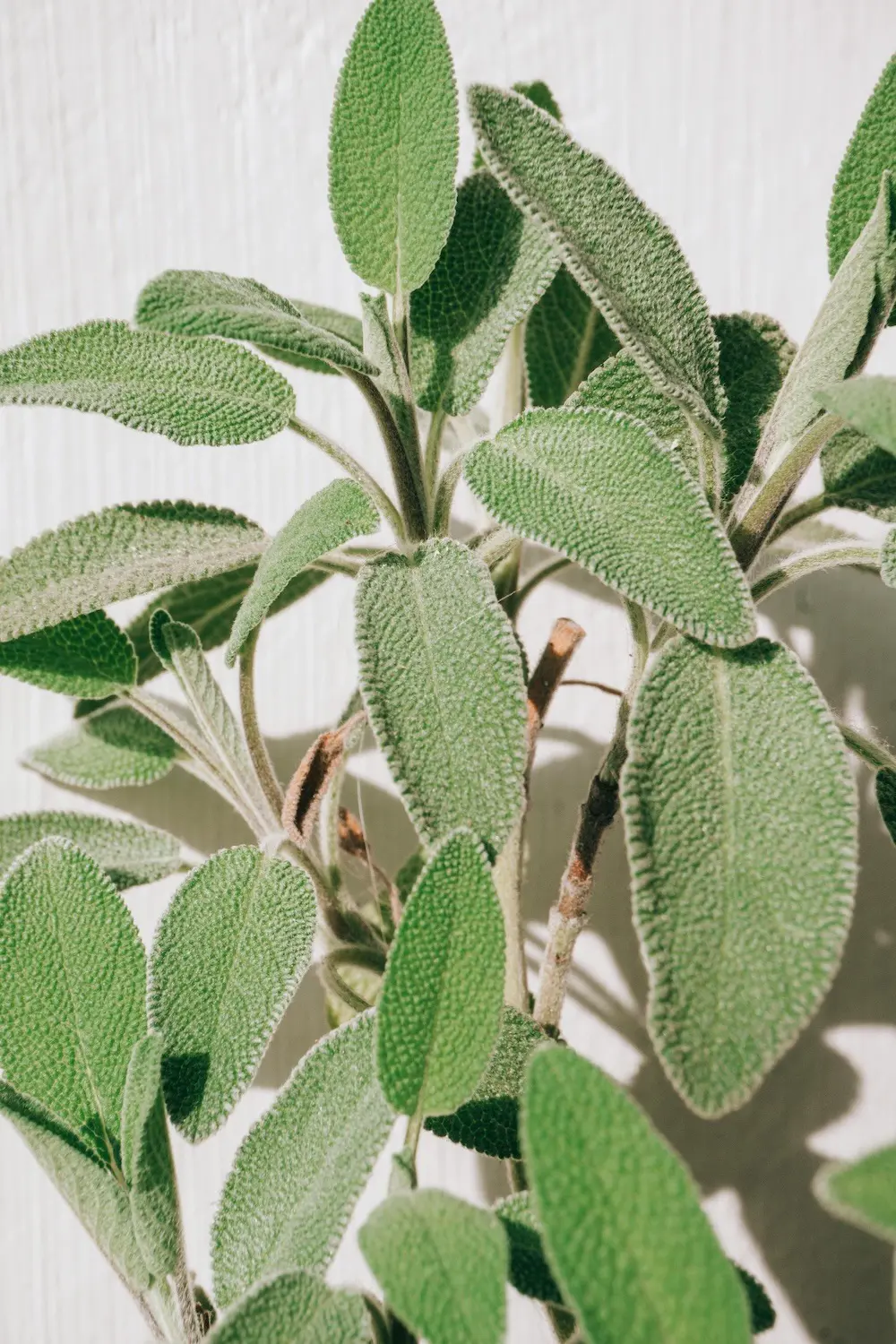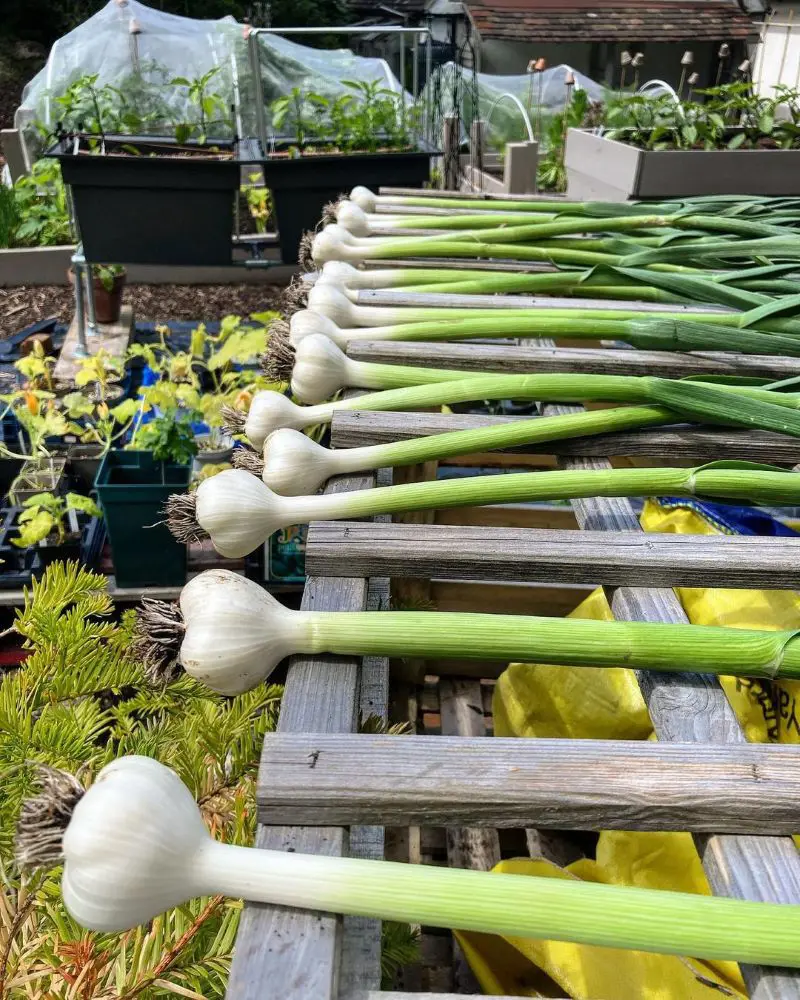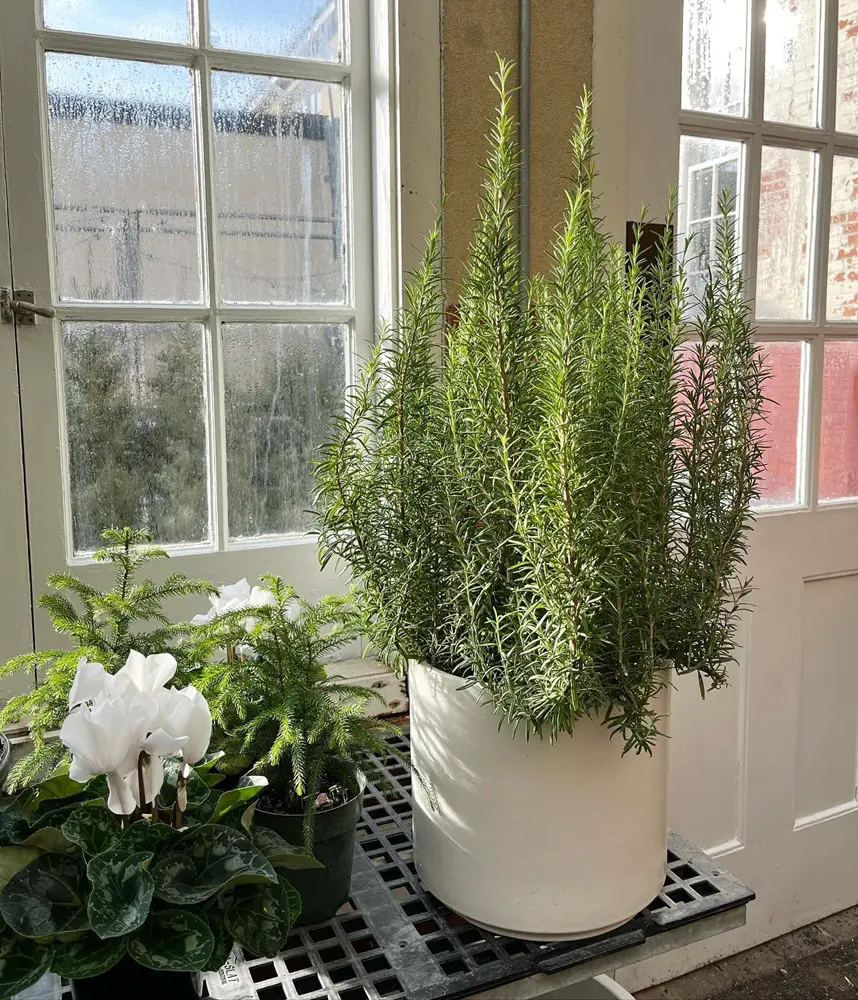1. Lingonberries
Since lingonberries and blueberries have similar ecological requirements, lingonberries (Vaccinium vitis-idaea) are great companion plants. Acidic, well-drained soils are ideal for both kinds of blueberry cultivation.
Furthermore, low-growing evergreen shrubs called lingonberries can serve as a live mulch for blueberry bushes, keeping moisture in and preventing weed growth. This lessens competition for resources and improves the microclimate for blueberries.
Moreover, lingonberries may draw pollinators that are advantageous to blueberries as well. Lingonberries are a great partner for blueberries since they encourage healthy growth and may even increase fruit yield.

